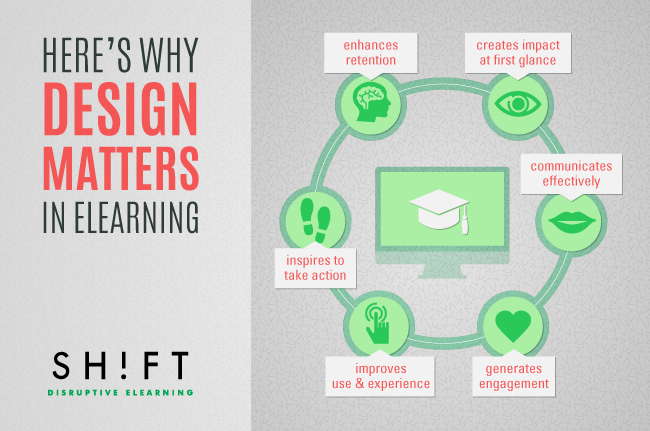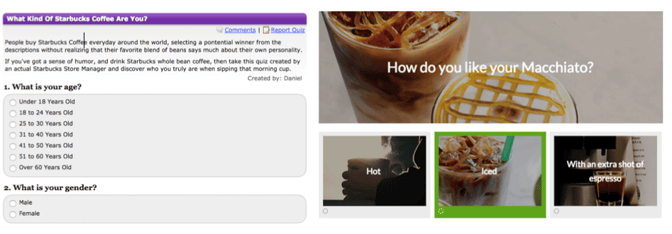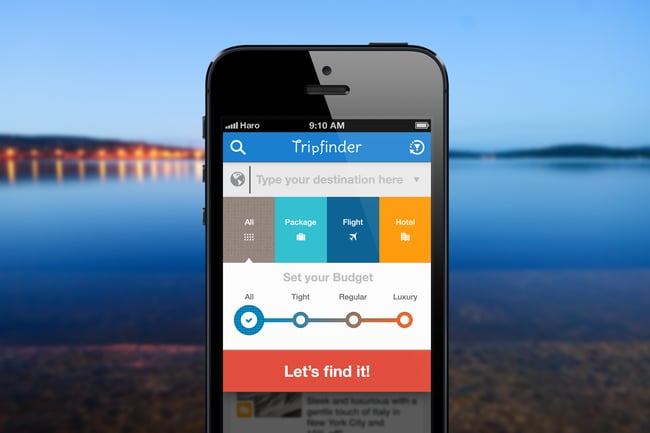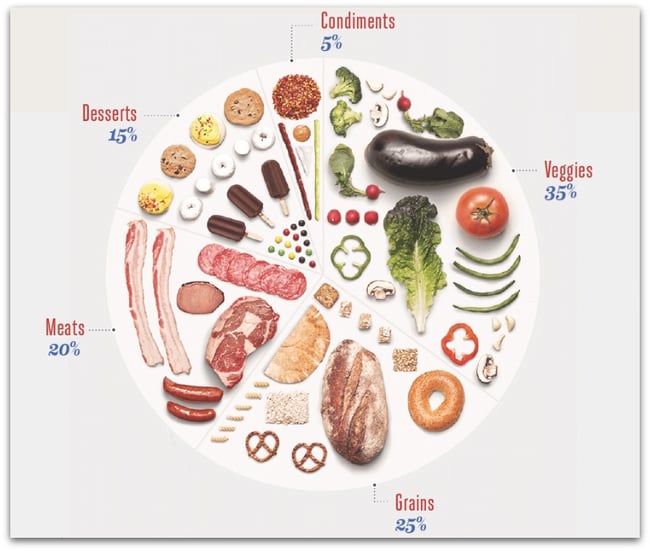eLearning comprises of two kinds of designs – instructional design and graphic design. When we as commoners think about design, all we think of is superficial things. But design is more than just aesthetics. It involves emotional connect. It involves creating solutions that help in improving the lives of people.
Garr Reynolds rightly said that design changes things either in a profound or subtle manner. And good design almost always impacts the lives of people, irrespective of how subtle the changes may be.
Everyone concludes that design makes a great difference, and that is quite obvious. But is there any living evidence that proves this claim? Yes, there are plenty of them.
Here are the reasons why good design is absolutely critical for eLearning success:

1. Reason #1: Good design solves a problem and communicates a message
Vitaly Friedman rightly said, “Good design is about effective communication, not decoration at the expense of legibility”.
The basis of good design is communication. Without any design, we could practically have nothing – no books, newspapers, magazines, maps, websites, advertisements, etc.
Again, designs are not accidental; they are based on intentions and choices. It is inevitably great to put your heart into designing something but at the same time, you must ensure that your design has a story behind it. On the other hand, a beautiful design would be of no use if it were not effectively able to communicate any message to the target audience.
Every eLearning design project has a definite purpose. Some designs are intended to educate the learners while others are intended to change behavior. Yet, there are some used for marketing purposes.
2. Reason #2: First Impression is almost always the last impression. True!
You always want your eLearning to create an impact on the learners, customers, vendors and all those who are involved in your learning product. It takes almost a fraction of a second to make a favorable impact on a person and as a matter of fact, eLearning courses are no different.
How your learners perceive the instructional content is more often than not dependent on the design element. We more often than not consider appearances to be the basis of our expectations. And believe me when I say that more than 90% of our impressions (read ‘first impressions’) are related to design and appearances. Yes, there is no denying the fact that quality of content matters but imagine having a poorly-designed course layout with the best content. Will it work? No points for guessing it.
3. Reason #3: Design equals engagement
Remember Cheryl Connor of Forbes, he rightly claimed, "Design optimizes perception and experience".
Do you imagine how boring it would be to take a course that displays nothing except black letters, screen after screen and that too, without any formatting, visuals, or color schemes? It will be a pain to stare through the entire duration! Now imagine taking a course with appropriate text formatting, visuals, and color schemes. So you see that an appealing environment engages the audience right from the beginning.
Take this example for instance: If you had to choose between taking a quiz that makes you frown and a quiz that makes you happy, you’d choose the happy one every time.

To sum up, the learners must enjoy while they are learning. If they don’t, they will either find an alternative way or leave the course.
4. Reason #4: User experience and usability helps achieve your learning goals
This is another important aspect of your design. If the navigation of your eLearning course is confusing, or the colors are not compelling enough, it distracts the learners. But if the layout and style are consistent it will help the learners to navigate through the course easily and make the user experience more productive than ever.
For example use more of flat or line elements. Flat designs are minimalistic, and they emphasize more on usability. The clean, open space featured in flat designs along with two-dimensional/flat illustrations and bright colors makes it captivating for the learners without confusing them. When it comes to conveying messages, simple always work better.
Take a look at this example of simple (and great) design we found on Dribbble:

5. Reason #5: Good design inspires to take action.
There are two ways persuading people, either you can manipulate, or you can inspire – says Simon Sink of the ‘Start With Why: How Great Leaders Inspire Everyone to Take Action’ fame.
Yes, it is right. If your eLearning design is sensible, it will inspire your learners to achieve a lot more than expected. It will help them to become more creative. Through the design, you can serve as motivation to your learners and make them do things you thought it was otherwise impossible. When you highlight the purpose of your eLearning, you inspire your learners towards an aspirational outcome.
6. Reason #6: Good design helps learners recall
Creating a good eLearning design ensures that the learners will be able to recall the instructions and information later. The patterns and relationships that are formed between different images in a visual design greatly facilitate the recall of prior knowledge.
Recent researches have proved that retention is enhanced when people consolidate data, which could be easily analyzed, into bite-size information and includes metaphors and analogies for supporting that data.
Check out this example of media-as-food analogy to offer tips to brands. Chances of forgetting this are low, right?









